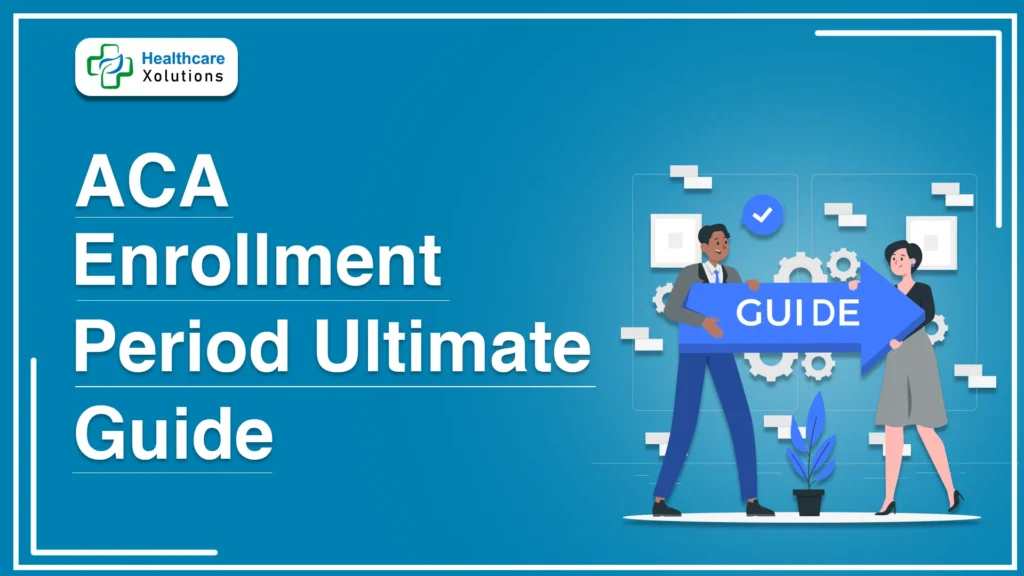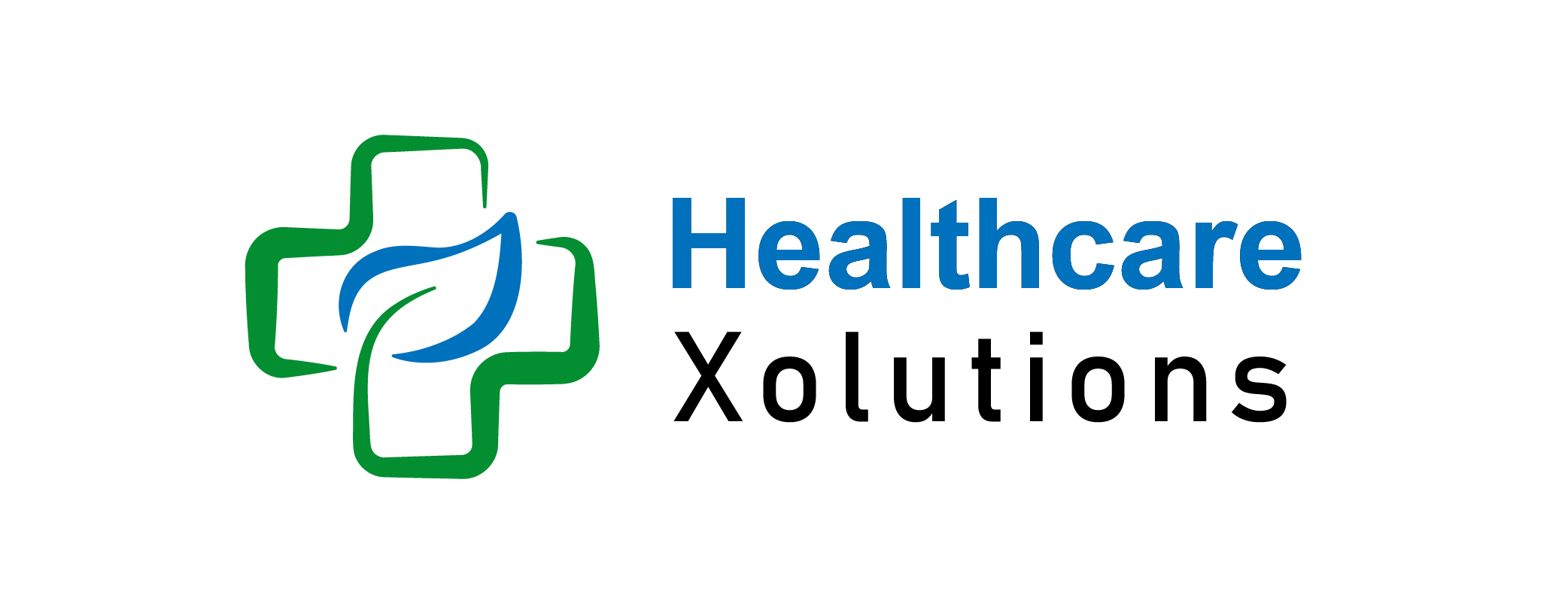ACA Enrollment Period Explained: Comprehensive Guide 2025

Navigating the ACA open enrollment period can be particularly challenging, especially if you’re new to health insurance or need to make changes to your existing plan. The Affordable Care Act (ACA) provides millions of Americans access to affordable health insurance through the Health Insurance Marketplace. However, as of 2024, approximately 14.8 million Americans are enrolled in Marketplace plans, with the number expected to increase due to recent expansions in subsidy eligibility under the Inflation Reduction Act.
In addition, nearly 8 in 10 individuals who buy insurance through the ACA Marketplace qualify for subsidies that reduce their monthly premium costs. With these statistics in mind, it’s crucial to stay informed about the key deadlines to ensure you don’t miss out on obtaining or renewing your health coverage.
This article will cover the essential ACA enrollment deadlines, explain the different enrollment periods, and offer tips on how to make the most of your opportunity to get affordable healthcare.
Read More: How To Apply For ACA Insurance? A Complete Guide
Key Takeaways:
- The ACA open enrollment period for 2024 runs from November 1, 2023, to January 15, 2024, for most states; some states have extended deadlines.
- 8 in 10 individuals qualify for subsidies that reduce premiums.
- Special Enrollment Periods (SEPs) allow you to enroll outside of open enrollment if you experience qualifying life events.
- Medicaid and CHIP have year-round enrollment for eligible individuals.
- Always review and update your ACA plan annually to ensure it meets your needs and budget.
Table of Contents
Understanding Affordable Care Open Enrollment Periods (OEP):
The Open Enrollment Period (OEP) is the yearly window when anyone can sign up for ACA health insurance, renew their existing plan, or switch to a different one. This period is critical because, outside of open enrollment, individuals can only enroll in or change coverage if they qualify for a Special Enrollment Period (SEP) due to specific life events.
The open enrollment period is typically held toward the end of the year, allowing individuals to select health insurance coverage for the upcoming year. For most states, the open enrollment period for 2024 ACA coverage is from November 1, 2023, to January 15, 2024. Some states may have slightly different deadlines, so it’s important to check your state’s specific timeframe.
Coverage Start Dates:
- If you enroll between December 16, 2023, and January 15, 2024, it will start on February 1, 2024
- If you sign up for coverage by December 15, 2023, it will begin on January 1, 2024.
ACA Special Enrollment Period (SEP):
If you miss the open enrollment period, you may still qualify for health insurance if you experience certain qualifying life events that trigger a Special Enrollment Period (SEP). These life events include:
- Losing health coverage: This can occur if you lose job-based coverage, eligibility for Medicaid or CHIP, or age out of your parent’s health plan.
- Changes in household: This includes getting married, having a baby, adopting a child, or experiencing a death in the family.
- Moving to a new address: If you move to a new region or state, you may qualify for a SEP if your move affects your access to health plans.
- Other qualifying events: These may include gaining U.S. citizenship, being released from incarceration, or changes in your income or tax filing status that impact your subsidy eligibility.
SEPs typically last 60 days from the qualifying event date, meaning you must sign up for health insurance within this 60-day window. If you miss this period, you may have to wait until the next open enrollment period to get coverage.
Medicaid and CHIP Enrollment:
While most individuals must enroll in ACA plans during the open enrollment period, it’s important to note that Medicaid and the Children’s Health Insurance Program (CHIP) do not have restricted enrollment periods. Eligible individuals can apply for these programs at any time throughout the year.
Medicaid and CHIP are government programs that provide low-cost or free health coverage to low-income individuals and families. The eligibility for Medicaid and CHIP varies by state, so it’s crucial to check your state’s specific requirements if you think you may qualify.
State-Specific Enrollment Periods:
Most states follow the federal open enrollment period, which runs from November 1 through January 15. However, some states that operate their health insurance exchanges have extended or slightly modified deadlines. Here are some examples:
- California: Open enrollment runs from November 1, 2023, to January 31, 2024.
- New York: Open enrollment is open from November 1, 2023, to January 31, 2024.
- Washington D.C.: Open enrollment runs from November 1, 2023, to January 31, 2024.
If you live in a state that operates its exchange, it’s important to check your state’s specific deadlines and requirements to avoid missing critical dates.
Renewing Or Changing Your ACA Plan:
Even if you already have ACA coverage, it’s important to review and potentially update your plan each year during the open enrollment period. Here’s why:
- Plan Changes: Health insurance plans, including the cost of premiums, deductibles, and out-of-pocket expenses, often change from year to year. Reviewing your options ensures that your plan still meets your needs and budget.
- Income and Subsidy Changes: If your income or household size has changed since you last enrolled, you may qualify for different subsidies or premium tax credits. Failing to update your information could mean missing out on potential savings or paying more than you should.
- Provider Networks: Sometimes, your existing plan may change its provider network, which could affect whether your preferred doctors and hospitals are still covered. It’s important to ensure that your health providers are still in-network when renewing or selecting a new plan.
Tips For Staying On Top of ACA Deadlines:
- Set Reminders: Mark the open enrollment period on your calendar well in advance. Set reminders on your phone or email so you don’t miss key deadlines.
- Gather Your Information: Before the open enrollment period begins, gather necessary information, including household income, tax returns, and details of any current health plans, so you can make informed decisions quickly.
- Explore Your Options: Don’t automatically renew your current plan without exploring other options. Even if you’re satisfied with your existing coverage, there may be new plans with lower premiums, better coverage, or more benefits that could save you money.
- Report Changes Promptly: If you qualify for a Special Enrollment Period, report your life event to the Health Insurance Marketplace as soon as possible to ensure you have sufficient time to enroll.
- Work with a Professional: If you’re unsure about which plan is right for you, consider working with a licensed insurance broker or navigator who can guide you through the enrollment process.
Conclusion:
Understanding and meeting ACA enrollment deadlines is critical for ensuring you and your family have the health coverage you need. Whether you’re signing up for a new plan, renewing an existing one, or experiencing a qualifying life event, being aware of these important dates will help you avoid gaps in coverage and ensure that you’re making informed decisions about your health insurance.
The open enrollment period is a time to carefully review your options, update your information, and make the necessary adjustments to your coverage for the upcoming year. By staying organized, setting reminders, and being proactive, you can secure the health insurance you need while maximizing the benefits offered through the ACA.
FAQ’s:
When does open enrollment end?
The ACA open enrollment for 2024 ends on January 15, 2024, for most states. In some states, the deadline is extended to January 31, 2024. Be sure to check your state’s specific deadline.
When is Open Enrollment for health insurance 2025?
The ACA open enrollment period for 2025 will likely run from November 1, 2024, to January 15, 2025. State-specific deadlines may vary, so check your state’s Marketplace for exact dates.
